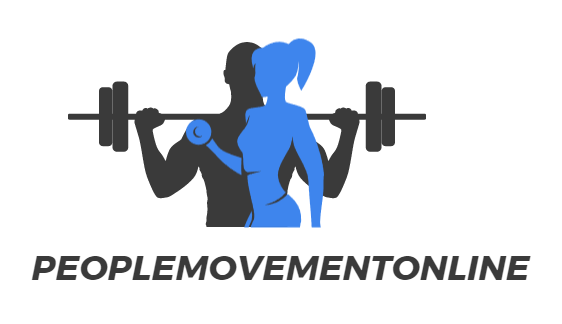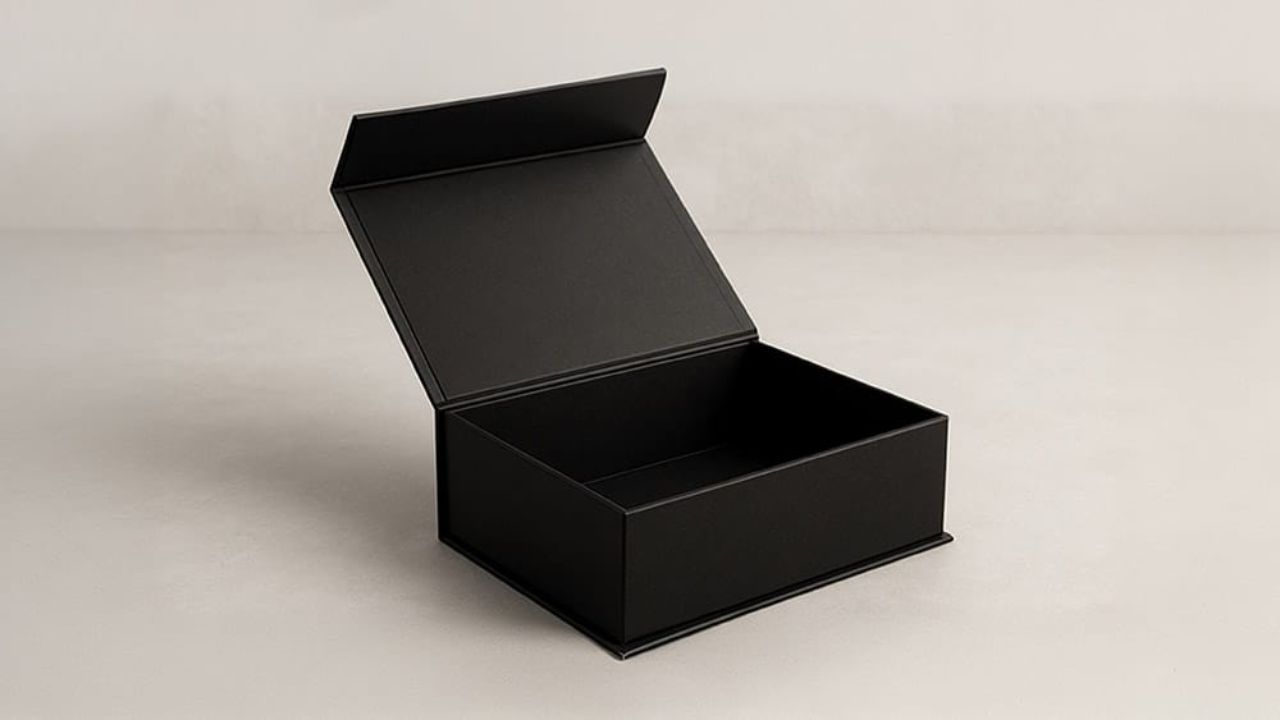Premium packaging functions as a branding instrument and consumer experience enhancer while simultaneously serving as product protection technology. High-end product companies allocate substantial funds to develop protective packaging solutions that simultaneously enhance the customer experience. Premium packaging corrugated paper box factory development requires multiple essential phases, which demand specialized attention to achieve superior functional and aesthetic outcomes throughout the delivery process.
The Initial Concept and Design
Premium packaging development starts with defining both product specifications and brand identity. The design phase functions as the foundation that determines how the entire packaging operation will unfold. Designers work alongside brands to grasp the product's worth and its proper consumer presentation during this development stage. Designers need to examine both the audience preferences and market direction while evaluating how the packaging design will improve the product beyond its container role.
Material Selection and Prototyping
The selection of materials for execution follows the design completion. Premium packaging demands high-quality materials to create packaging that looks luxurious while protecting the product through its durable structure. Premium packaging materials consist of thick paperboard alongside specialty papers and high-grade plastic and aluminum as well as other metal types.
The integration of materials and design depends heavily on prototyping to achieve the intended results. A prototype enables design teams to verify packaging structural stability while evaluating its visual presentation so they can modify designs before starting mass production. Prototyping enables designers to detect design flaws and material selection problems, which enables necessary adjustments before the packaging begins its production run.
Manufacturing and Production
Manufacturing becomes the next step after design and material approval. The packaging achieves its full potential during this phase on a production scale. Modern production equipment combines with technological solutions to perform the packaging component cutting, printing, and assembly operations. High-end printing methods, including offset printing, foil stamping, embossing, and UV coating, are commonly used to create premium packaging with its polished, luxurious finish.
Manufacturers focus on every production detail to maintain consistent quality throughout the manufacturing process. Manufacturers inspect each unit for defects while testing material durability and validating the perfect fit of all packaging components. Automation systems combined with precision machines work together to reduce mistakes while maximising efficiency, which results in packaging that looks great and functions properly.
Packaging, Assembly, and Quality Control
The assembly procedure starts after the manufacturing of individual packaging elements. Premium packaging requires multiple components, including boxes, inserts, labels, and seals, that need manual or specialised equipment to assemble them properly. The correct positioning of all packaging elements guarantees both attractive appearance and protective functionality for the product inside.
The phase requires strict quality control procedures. A complete examination of each unit takes place to verify that it fulfils the highest possible quality requirements for design and operational performance. The production line removes any packaging that fails to meet quality standards to guarantee superior products for customers.
The Final Delivery
The delivery process marks the last stage after quality control and assembly. Premium packaging follows either small-batch shipments or larger product deliveries based on the distribution strategy of the company. The packaging receives special attention for transit protection to maintain perfect condition upon delivery. Premium packaging producers collaborate with dependable logistics providers to deliver their products safely and on time to their business clients and end consumers.
Conclusion
The creation of premium packaging follows a complete sequence, from design through material selection to prototyping, then manufacturing and assembly, and then quality control steps. The different stages work together to create a protective product that delivers superior customer satisfaction throughout the entire process. The packaging process creates valuable additions to products which boost brand recognition and consumer appreciation of the items.


